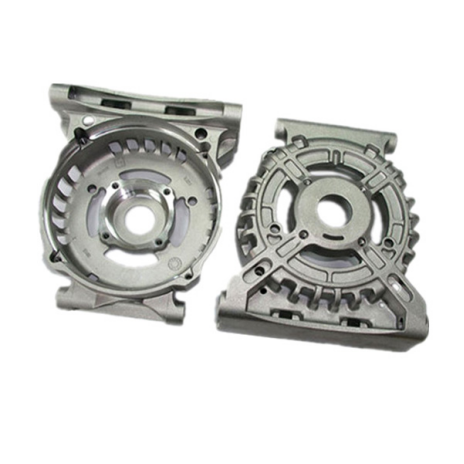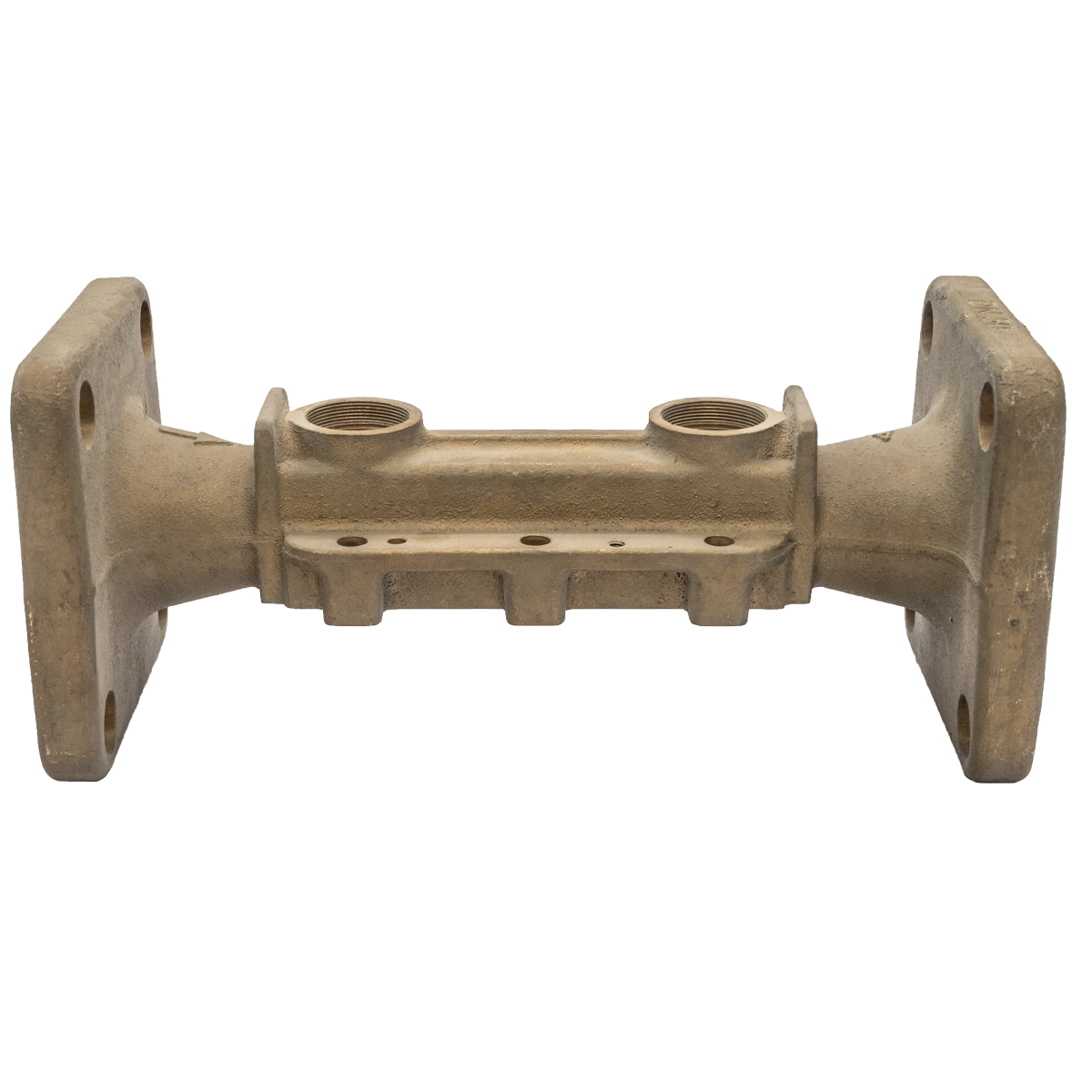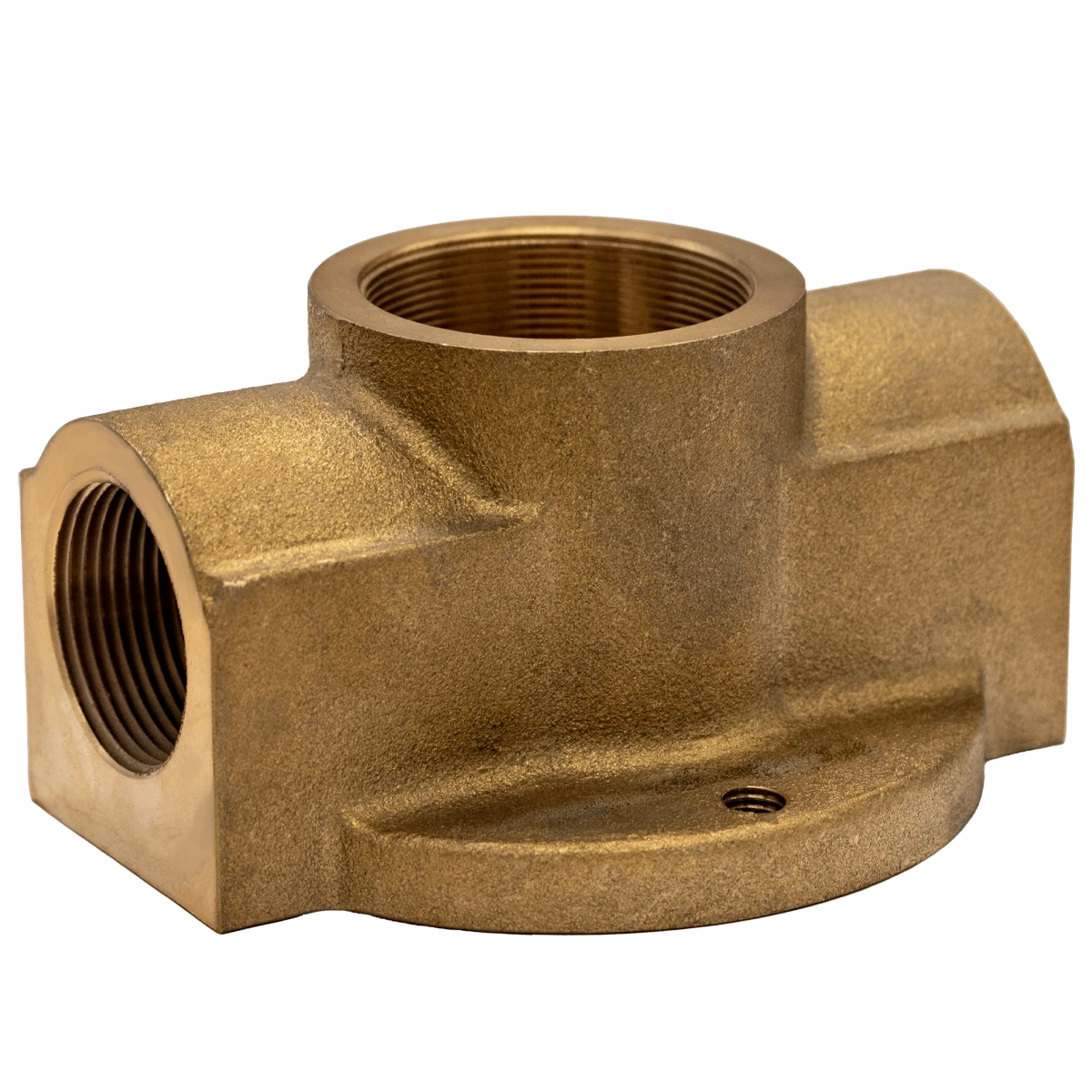Mobile:+86-311-808-126-83
Email:info@ydcastings.com
English
Common Materials Used in Fan Housing Manufacturing
The fan housing is a crucial component that protects the fan’s internal parts, directs airflow, and ensures safe operation. The choice of material in its manufacturing depends on factors like durability, weight, cost, and specific application needs, whether for industrial fans or specialized ones like the 911 fan housing. Hebei Yuanda Trade Co., Ltd. (YD), founded in 2006, specializes in providing flexible solutions for customized metal castings, including high-quality components for various fan housing designs. With their expertise in metal processing, YD understands the unique requirements of different materials, ensuring that each fan housing meets the performance standards of its intended use.

Metallic Materials for Fan Housing Manufacturing
- Steel: Carbon steel is a popular choice for fan housing due to its strength and affordability. It can withstand high temperatures and heavy usage, making it suitable for industrial fans. Galvanized steel, with a protective zinc coating, adds corrosion resistance, ideal for outdoor or humid environments. For high-performance applications like the 911 fan housing, which demands both durability and precision, steel alloys with enhanced strength are often used to handle the rigorous conditions of automotive cooling systems.
- Aluminum: Aluminum is valued for its lightweight properties, making fan housingunits easier to install and reducing energy consumption in fan operation. It also offers natural corrosion resistance, eliminating the need for additional coatings in many cases. Aluminum is malleable, allowing for complex shapes—an advantage in designing aerodynamic fan housing structures, including those for specialized models like the 911 fan housing.
- Stainless Steel: For environments where hygiene or corrosion resistance is critical (such as food processing or marine applications), stainless steel is the go-to material. Its ability to resist rust and chemical damage ensures the fan housingmaintains its integrity over time. While more costly than other metals, stainless steel’s longevity makes it a cost-effective choice for long-term use.
Non-Metallic Materials for Fan Housing
- Plastic: Polypropylene and ABS plastics are widely used in fan housingmanufacturing for their low cost, lightweight, and ease of molding. They are ideal for household fans or low-power applications where weight and affordability matter more than extreme durability. Plastic fan housing units can also be colored or textured during production, enhancing their aesthetic appeal.
- Fiberglass: Fiberglass-reinforced plastic (FRP) combines the strength of glass fibers with the flexibility of plastic, creating a fan housingthat is both lightweight and resistant to high temperatures and chemicals. It’s commonly used in industrial settings where the fan is exposed to harsh substances or extreme heat, offering a durable alternative to metal at a competitive price.
- Composite Materials: Composites, made by combining two or more materials (like carbon fiber and resin), are used for high-performance fan housing They offer exceptional strength-to-weight ratios, making them suitable for applications where precision and minimal weight are key—such as in racing vehicles, where even the 911 fan housingmight benefit from composite materials to optimize performance.
Material Selection Factors for 911 Fan Housing and General Fan Housing
- Application Environment: For automotive fan housinglike the 911 fan housing, materials must withstand engine heat, vibration, and exposure to oils and coolants. Steel or aluminum alloys are preferred here for their heat resistance and structural integrity. In contrast, household fan housing can use plastics, as they operate in milder conditions.
- Weight Requirements: Vehicles, especially high-performance models like the 911, prioritize lightweight components to improve fuel efficiency and handling. Aluminum or composites are often chosen for the 911 fan housingto reduce weight without sacrificing strength. Industrial fans, however, may prioritize durability over weight, favoring steel.
- Cost and Production Volume: For mass-produced general fan housing, plastics or galvanized steel offer cost-effective solutions. Custom or low-volume housing, such as specialized 911 fan housingunits, may use higher-cost materials like stainless steel or composites, justified by their performance benefits.
Manufacturing Processes for Different Fan Housing Materials
- Metal Casting: Hebei Yuanda Trade Co., Ltd. specializes in metal casting, a process ideal for producing fan housingfrom steel, aluminum, or stainless steel. Molten metal is poured into molds, allowing for complex shapes with precise dimensions—perfect for customized designs like the 911 fan housing. This process ensures strong, uniform structures that can withstand heavy use.
- Injection Molding: Used primarily for plastic fan housing, injection molding involves melting plastic resin and injecting it into molds. It’s efficient for mass production, creating consistent, lightweight housing units with smooth finishes.
- Fiberglass Layup: For fiberglass fan housing, layers of fiberglass cloth are coated with resin and shaped by hand or machine. This process allows for customization in thickness and shape, making it suitable for specialized industrial fan housing.
|
Material |
Manufacturing Process |
Key Advantage for Fan Housing |
Common Application |
|
Steel/Aluminum |
Metal Casting |
High strength, precise dimensions |
911 fan housing, industrial fans |
|
Plastic |
Injection Molding |
Cost-effective, lightweight, easy to mass-produce |
Household fans |
|
Fiberglass |
Layup |
Chemical and heat resistance |
Industrial fans in harsh environments |
Fan Housing FAQS
What Material Is Best for a 911 Fan Housing?
Aluminum alloys are commonly used for 911 fan housing due to their balance of lightweight properties, heat resistance, and durability. They withstand engine bay temperatures and vibrations while contributing to the vehicle’s overall performance.
Can Plastic Fan Housing Withstand High Temperatures?
Most plastics have limited heat resistance, making them unsuitable for high-temperature environments like engine bays. However, heat-resistant plastics (like PEEK) can be used for some fan housing applications, though they are less common than metal alternatives.
How Does Metal Casting Improve Fan Housing Quality?
Metal casting, as practiced by Hebei Yuanda Trade Co., Ltd., ensures fan housing has uniform strength and precise dimensions. It allows for complex shapes that fit seamlessly with other components, enhancing both performance and longevity.
Is Stainless Steel Fan Housing Necessary for Outdoor Use?
Stainless steel is an excellent choice for outdoor fan housing due to its corrosion resistance. However, galvanized steel or aluminum can also work in less harsh outdoor environments, offering a more cost-effective alternative.
Where Can I Get Custom Fan Housing Materials?
Hebei Yuanda Trade Co., Ltd. provides customized metal castings for fan housing, including specialized designs like the 911 fan housing. Their expertise in metal processing ensures high-quality, tailored solutions for various applications. Visit their website to explore your options.
-
Materials Used in Manufacturing Cap End Pipe FittingsNewsNov.24,2025
-
Material Properties of CF8M CastingNewsNov.24,2025
-
How to Inspect Pump Cap Ends for DamageNewsNov.21,2025
-
Backward Curved Impeller – Efficient Airflow Solutions for Industry | YD CastingsNewsNov.21,2025
-
Automobile Water Pump - Efficient, Quiet, Durable & ElectricNewsNov.21,2025
-
Impeller for Pumps – High-Efficiency, Durable, OEM-ReadyNewsNov.21,2025











